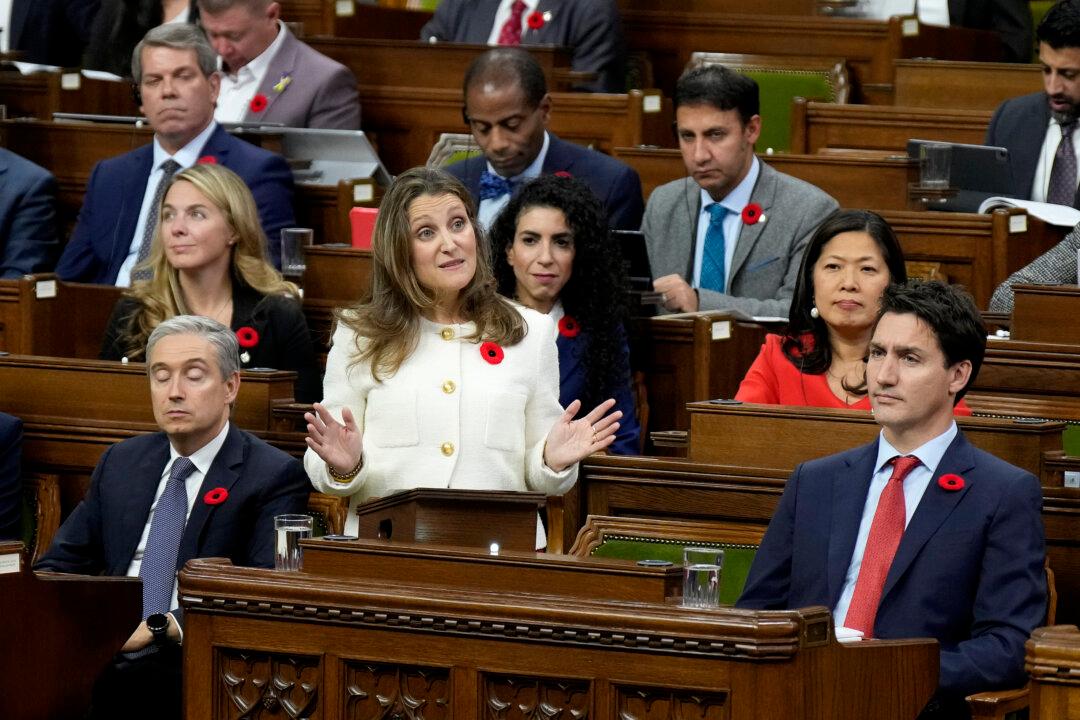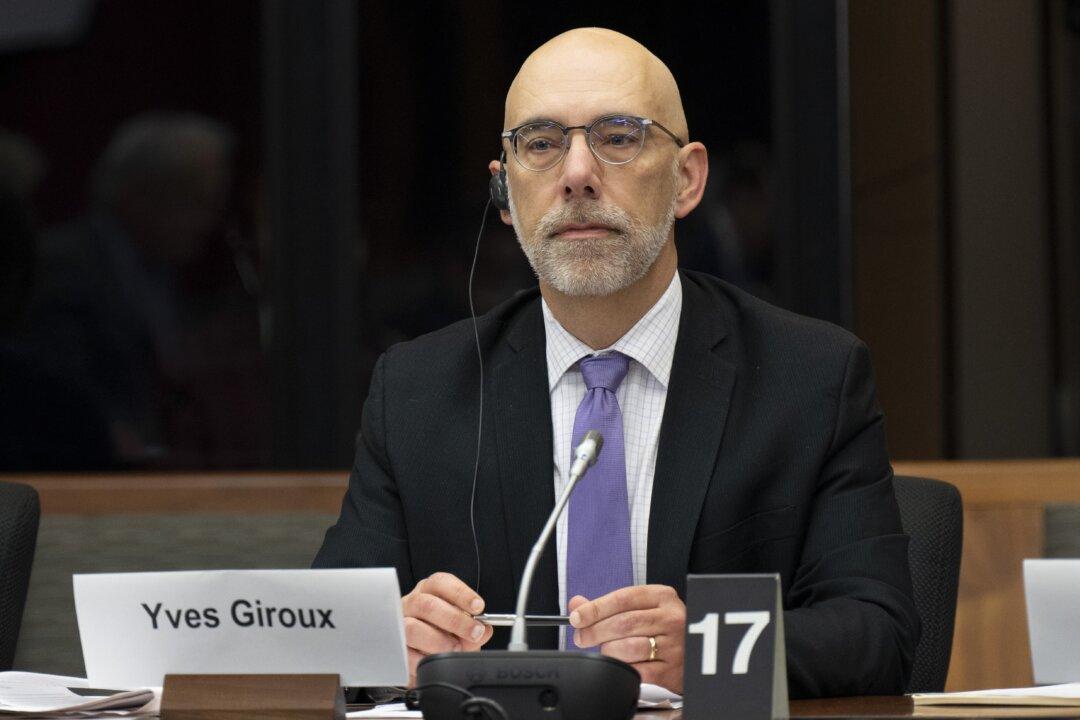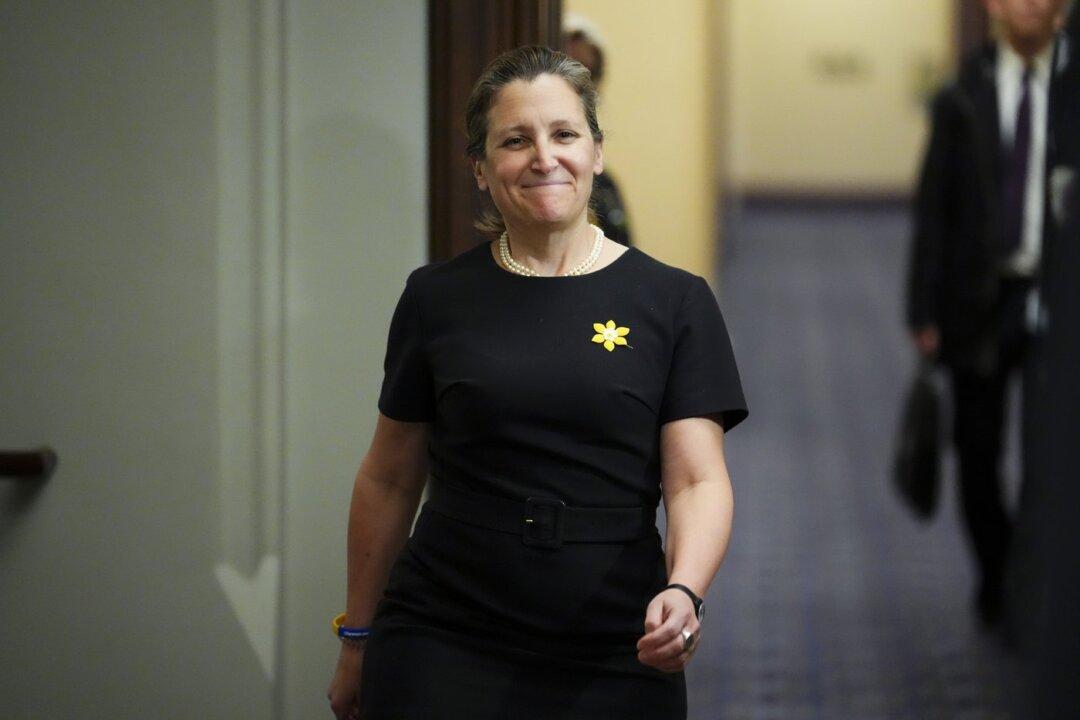Repealing federal student loan interest will cost over $550 million every year for as long as Ottawa’s plan to cut the interest continues into the future, says the Department of Employment.
Senators on the national finance committee heard from witnesses on Nov. 22 about various costs associated with the government’s new spending measures outlined in the Fall Economic Statement delivered to the House of Commons by Finance Minister Chrystia Freeland.





